
Developer; Sega, Crypton Future Media
Publisher: Sega, Dwango Music Entertainment
Platform: Playstation Vita, Playstation 3
Hatsune Miku: Project Diva F 2nd – Review
Hatsune Miku is a very popular pop idol character that is made in a program called Vocaloid, in which people can make their own songs with the various Vocaloid characters and create their own settings. In the Project Diva series, you’ll be playing a rhythm game where you’ll need to press the corresponding buttons at the right time. The newest installment in the series is finally out, so the time has come to hone your rhythm skills and sing along with the amazingly large track list of Hatsune Miku: Project Diva F 2nd!
Story
Not much is to be said about the story, as there is none available in this music game. You’ll only be listening to songs and timing your buttons while singing along with the various Vocaloid characters such as Hatsune Miku, Kagami Ren and Rin, Kaito, Luca and Meiko.
These characters have been made in the program Vocaloid, and are immensely popular in Japan at the moment, even having their own concerts and merchandise.
Graphics
The graphics in this game are very nicely done. The first thing you’ll notice is that the opening song/movie is done in very high quality and looks very nice. During the songs that you’ll be playing, and during the other modes that are available, you’ll be looking at 3D models of the Vocaloid characters. Each character is very unique and each have their own personality while singing and dancing in the various songs.
The movements the characters perform look pretty natural, which makes you sometimes forget the fact that these characters are designed in a computer program. During each song these movements and dances are very different from each other, which makes it very pleasant to look at.
Sometimes during the loading screens, you’ll see some nice artwork done by various famous Hatsune Miku artists. All of these art-works are very well made and are certainly a nice addition.
Sound
Sound-wise the game offers players tons of tracks in all of Hatsune Miku’s history, which have been very popular in the recent years. Each song is made in the well known Vocaloid program, which allows people to make their own synthesized songs making use of in-spoken voices of all the various characters like Miku or Kaito.
If you are really not a fan of these synthesized voices, then you might want to reconsider buying this game as each song is done this way. If you do however like Hatsune Miku or her friends, then the game is most certainly one to consider buying as the songs are really amazing and made with tons of care from the artists. The music alone is often enough reason for you to get your hands on it.
Gameplay
In Hatsune Miku: Project Diva F 2nd, you’ll have a total of 4 gameplay modes with the addition of the usual modes such as Settings, Records or Network.
The main mode of this game is called the Rhythm Game, in which players are able to choose between a lot of different songs with each having their own difficulty (varying in stars) and a category of difficulty going from Easy to Extreme. The game also offers a small tutorial mode that you should probably check out before starting to play as you’ll need to first understand what the various symbols do before you can actually start playing. Each song is available in each difficulty category, so if you like one song you can try to improve yourself by redoing the song over and over again and eventually going up in difficulty.
Depending on what difficulty you choose, different symbols will appear in the songs. If you choose a simple difficulty, you’ll only need to remember about three or four symbols, while more difficult songs will require you to use almost all the symbols rapidly after another.
The different symbols vary from either pressing the corresponding button on you controller, or holding in the button in time until you can release it again. Sometimes you’ll also need to press the directional button together with the corresponding symbol at the right moment in synch, or sometimes you’ll need to flick your analog sticks a certain direction. The higher the difficulty, the faster the symbols will appear on the screen and the more you’ll need to pay attention to the shift in symbols.
The better you time your buttons, the more amount of points you’ll get. You’ll need to hit a certain amount of points before you beat the song. Your score varies from Good to Great and Excellent and depends on how good your timing was. If you have beaten a song, you’ll unlock new songs and even more stuff that are available in the other modes. If you cleared a song, you’ll also get some points that you can use in the shop.
In the Studio Mode, you have the option to either watch live performances (in-game performances) or take pictures. In the Live Studio, you choose the song that you would like to see, and switch the camera angle to whatever you want. You can also let the audience swing their glow-sticks in certain directions to make the concert more lively. In the Photo Studio you can have a photo shoot with the various characters. You can move them around with the directional buttons, rotate them with the right analog stick or zoom in with the left analog stick. You can also switch between the various characters. You can choose what pose they should, what expression you want to see and all kinds of other stuff. You can also add your own images to the game to use as a background or save the images made in the game to your system storage.
Next up we have the Diva’s Room, where you can watch the characters do their own stuff. You can change the room lay-out, place different items and pieces of furniture while also letting the character interact with the various items. Aside from that you can also give presents to your character, where each character has its own reaction to the type and amount of gifts. If your character’s mood is good, they might request something from you, allowing you to get points that allow you to do more stuff.
In the Edit Mode, you can make your own videos that you can edit all by yourself. You can edit the characters, the sound stage, special effects and lyric lines. In addition you can add different symbols at different parts of the song, allowing you to use your own personal made video in the Rhythm Game.
Aside from these main modes you can access the shop where you can buy all kinds of accessories and furniture for use in the Diva’s Room or skins that you can put on your interface during the Rhythm Game or on your characters. You also have the Network mode where you can download and share data between friends or through the internet.
Conclusion
Overall, the game does everything it wants to do, not making the player feel that something is missing or not. The various modes and challenges that you can play are very rewarding and certainly make you feel that you got your money’s worth of content. If you like Vocaloid music, then you should definitely try out this game, and even if you aren’t much of a fan, you might find out that is truly something to enjoy.
Hatsune Miku: Project Diva F 2nd - Review,
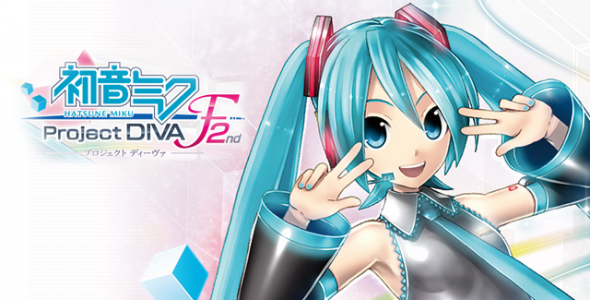
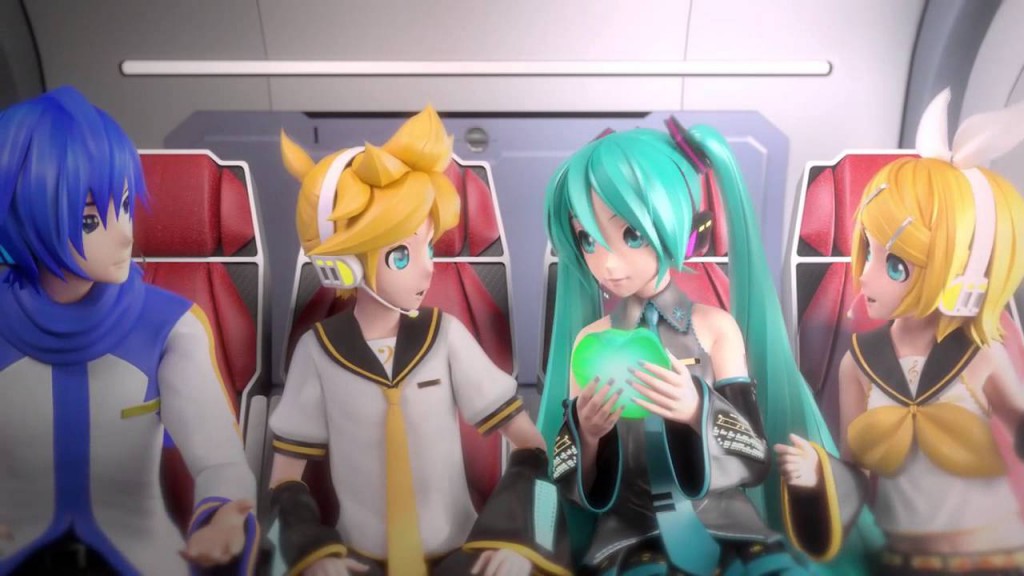
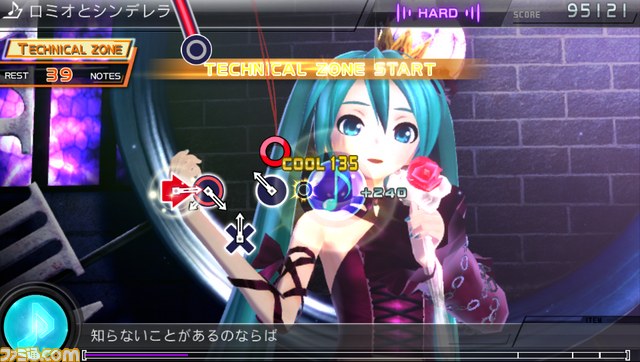
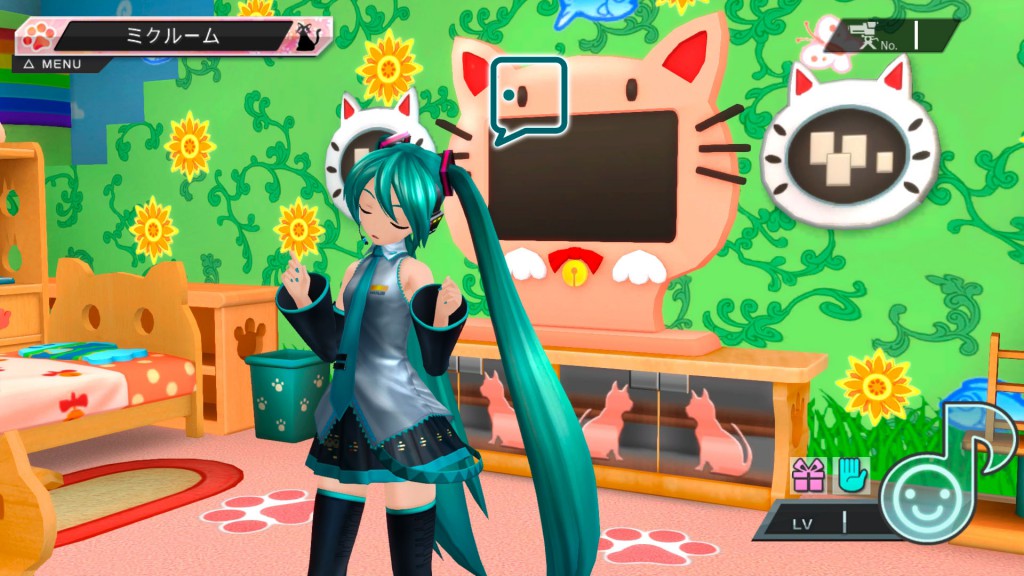
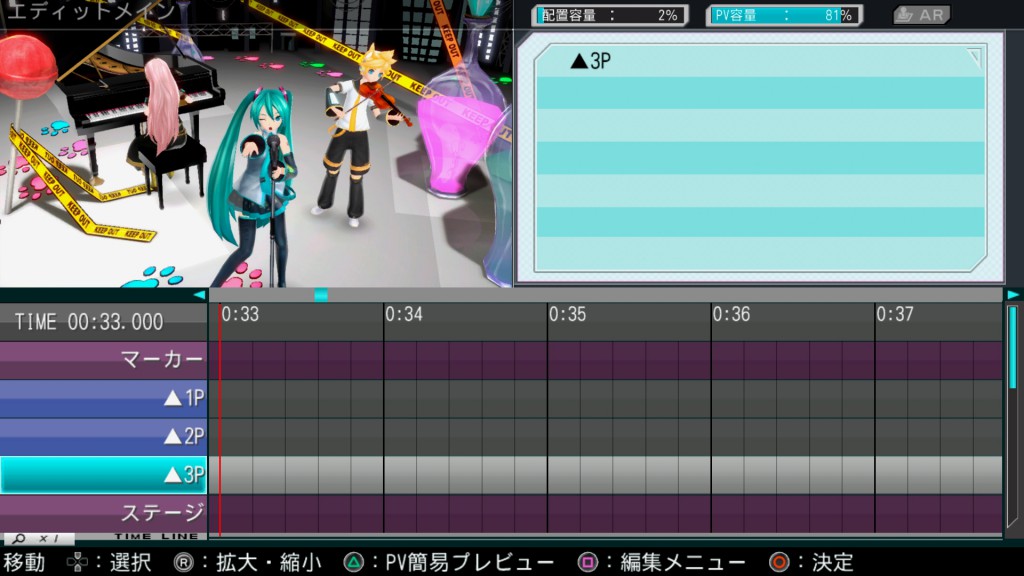
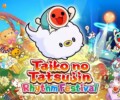



No Comments